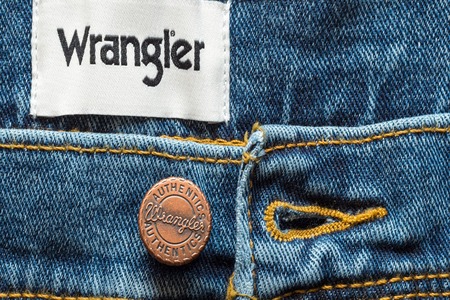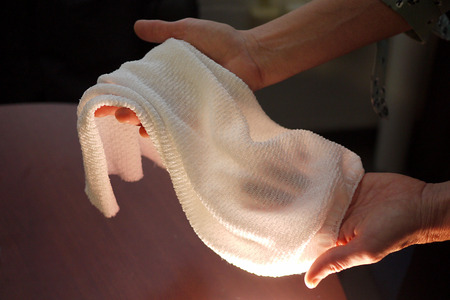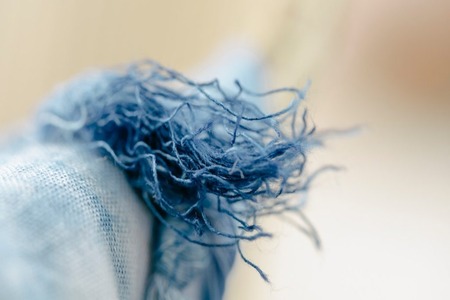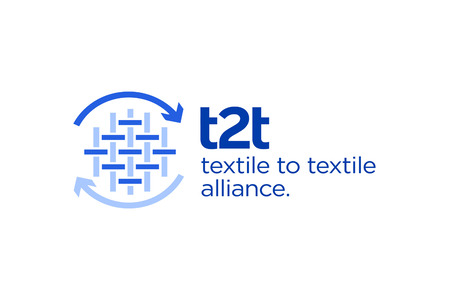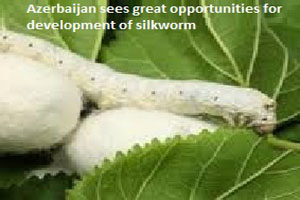
Azerbaijan sees great opportunities for development of silkworm.
YarnsandFibers News Bureau 2016-06-12 12:00:00 – BakuIn the Soviet period, Azerbaijan ranked second after Uzbekistan for the production of silk cocoon, but was considered first in fiber quality. The country annually produced 7,800 tons of raw cocoons in 1960-1970, while the overall production dropped to 10 tons in 2014. Earlier this April, President Ilham Aliyev made a statement that the country has lost such an important branch of agriculture as silkworm breeding.
For centuries silk has brought considerable income to the country, but for the past several years, the production has declined.
According to Associate Professor of the Azerbaijan State Economic University (UNEC) Gadir Bayramli, Azerbaijan has great opportunities for development of silkworm.
Mulberry leaves are the main meal of silkworm. In Soviet times, large mulberry gardens were planted in more than 15 regions of Azerbaijan. But now they have been destroyed.
Silkworm breeding is very laborious work, since in order to obtain 100 kg of mulberry, silkworms should eat one ton of mulberry leaves.
Bayramli suggests to use the experience of the Sheki Regional Sericulture Center, whose specialists have a great experience in this sphere. The production of cocoons can be a profitable branch for Azerbaijan, and if completely revive the activity of Sheki silk factory, the country can provide at least 15,000-20,000 people with job.
Moreover, one of the advantages of cocoons production is that "crop" here can be obtained within 40 days, according to the expert.
Now it seems the time to revival of this ancient industry, which may become one of the most important segment of the non-oil economy. The Agriculture Ministry has developed a program for the development of sericulture in the country and submitted to the Cabinet.
Head of Crop Production Department of the Agriculture Ministry Imran Jumshidov noted that the ministry is taking consistent steps to promote cocoons production and this year the country expects to manufacture some 75 tons of cocoons, further increasing the production ratio to 3,037 tons next year.
They have brought silkworm eggs from China and Iran and they are going through a period of incubation in the Gakh sericulture station. These silkworms will be distributed free of charge to cocoon producers.
The price of one ton of cocoons in the international markets is varies from $9,000 to $10,000, while the price of silk fabric is twice as much.
Silk, has set the standard in luxury fabrics for several millennia and retains its popularity because of its unique properties.
Market Intelligence
Ask for free sample Report

experience
Customer Base
dedicated team
Countries Served Worldwide




